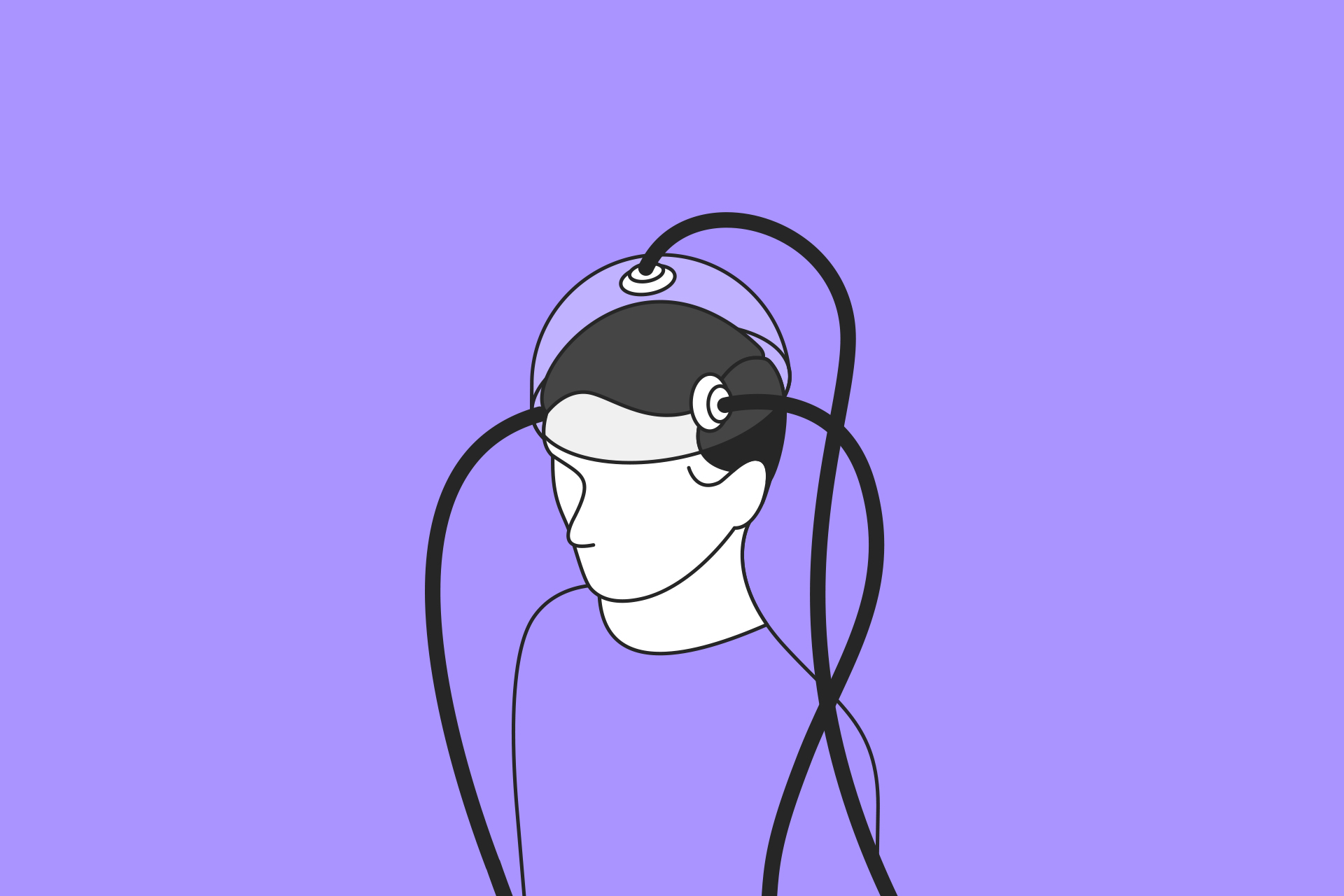Neuromarketing: how technology affects purchases

All the subtleties of neuromarketing, how a sophisticated consumer sees it, and how new technologies affect modern society.
The word "neuromarketing" has been on the radar lately. Especially often it can be heard in the same sentence with the words "manipulation" and "money extortion". Let's see if neuromarketing is as scary as a sophisticated consumer sees it, and how new technologies affect us.

Some initial data
Neuromarketing is the science of applying cognitive attitudes, emotional and behavioral reactions to maximize the effective impact on a person in order to sell a product or service. The research is carried out with the use of serious equipment: electroencephalographs, tomographs, galvanometers, tachistoscopes, etc. People who know neuromarketing techniques are able not only to build effective advertising campaigns but also to predict their results with high accuracy.
Why is neuromarketing compared to manipulation? Marketers who have neuromarketing research data on their hands form cognitive distortions. This means that they are able to change the original point of view even before a person realizes it and makes a clear position.
Sales psychology is a complex of knowledge about the consumer's thinking that allows you to identify real needs and false ones, and then conduct sales in such a way as to eliminate the objection and, at the same time, satisfy the true need.
Digital marketing is a method of interaction between a seller and a buyer based on the use of digital channels (Internet, television, mobile communications, etc.). A distinctive feature is the ability to have a conversation with the buyer in almost real-time.

How does it work?
Scientists conduct research on spontaneous human reactions to the attributes of the store (name, logo, colors, background music, any symbols) and then interpret them. They examine the pulse rate and sweating, brain currents, the speed of movement of the pupil, and so on. Of course, due to the difference in upbringing, the development of the nervous system, and other individual characteristics, people cannot react to stimuli in the same way. But there are always common points that unite people. Marketers are hitting these "pain points". Here are a few such points:
1. Feeling of inferiority.
If we don't use these diapers, we are bad parents. We do not buy the latest models of phones – we are behind the times.
2. Perception of numbers.
Are you also tired of prices like "39 dollars"? Why not write at once: "40 dollars"? And all because our brain pays attention to the left digit, that is, perceives this price not as 40, but as 30. Thus, we tend to unknowingly overpay.
3. Atmosphere.
In good stores it always smells so nice, beautiful music is playing and everything around seems to shine with comfort. All this causes emotions that our brain will remember and remind us of the next time when we need to buy something. Even if there is a cheaper but less attractive store on the next street.
4. Associations.
Have you ever seen an expensive Swiss watch advertised by an unkempt man in an ordinary tracksuit? No, they're all pumped-up men in expensive suits all the time. They smell of luxury and success. "Buy this watch and you will become the same as the man from the advertisement", marketers whisper to us. And we subconsciously believe them.
5. Eternal values.
The exploitation of this topic no longer surprises anyone. Remember the many advertisements that use the values of family, respect, friendship.

Adapting neuromarketing to the Internet
In ordinary neuromarketing interactions, 4 channels are used: vision, hearing, smell, touch. In the case of the Internet, only 2 means of communication are available to us: sight and hearing. Moreover, the first one is more important, since the auditory component in the network is less important. Here are some neuromarketing techniques for working with consumers over the Internet:
1. Emphasis on social evidence.
The company PowerReviews, which works with product reviews, conducted a study, the results of which say that 70% of buyers study reviews before making a purchase. And 63% prefer to buy on those sites where there are reviews and ratings. In fact, this is the usual collective thinking. If everyone likes it, then I will like it. Therefore, post reviews on your website and invite customers to leave comments!
2. A game with a level of anxiety.
Determine the main need of your client – you will be able to use the effect of anxiety. Let's say you sell children's shoes and place ads. In this case, a good headline would be: "Are your children still without autumn shoes?". In this way, you touch the basic parental instincts and make the buyer worry, which pushes him to buy faster.
3. The placebo effect.
In order for the suggestion to work, you need to observe several factors:
– the fame of the person advertising the product;
– limited time to make a decision;
– low level of awareness of the potential buyer;
– an interesting form of information submission.
Imagine that you sell berries that help you lose weight. What do you need for a successful placebo sale? Take an authoritative person in the field of nutrition, create a limited offer, come up with a non-standard concept and correctly identify the target audience.

Does neuromarketing really work?
To make sure definitively and irrevocably, you can order your own research and check the results. Or just watch yourself as a consumer. What are you reacting to? Which stores do you visit? What and in what quantities do you buy? In conclusion, an interesting fact! In a recent blind test, the subjects were asked to try several drinks, the names of which were not announced. Half of the participants in the experiment chose Pepsi. In the next open test, where the subjects knew the names of the tasted drinks, three-quarters of the participants chose Coca-Cola. Magic or the influence of advertising in action? We are leaning towards a scientific answer.
